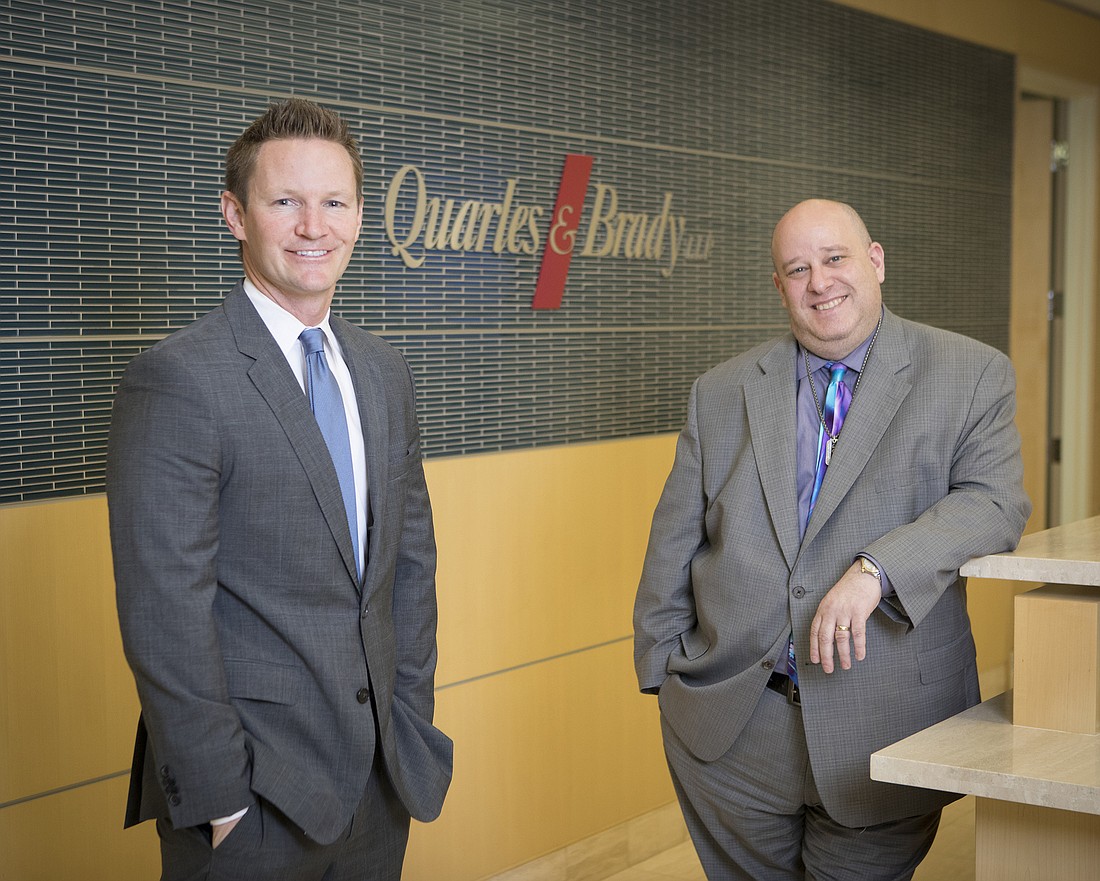- December 18, 2025
-
-
Loading

Loading

It’s been a decade since the arrest of Bernie Madoff, the financier who perpetrated one of the most infamous and longest-running Ponzi scheme in history, defrauding investors of close to $18 billion.
After Madoff’s arrest in December 2008, lawyer Mark Kornfeld joined the Madoff Recovery Initiative's settlement committee and filed about 1,000 lawsuits related to the Madoff scheme, while his team helped recover more than $13 billion. He’s also one of just a handful of lawyers to have interviewed Madoff in federal prison, where the 81-year-old disgraced charlatan is serving a 150-year sentence.